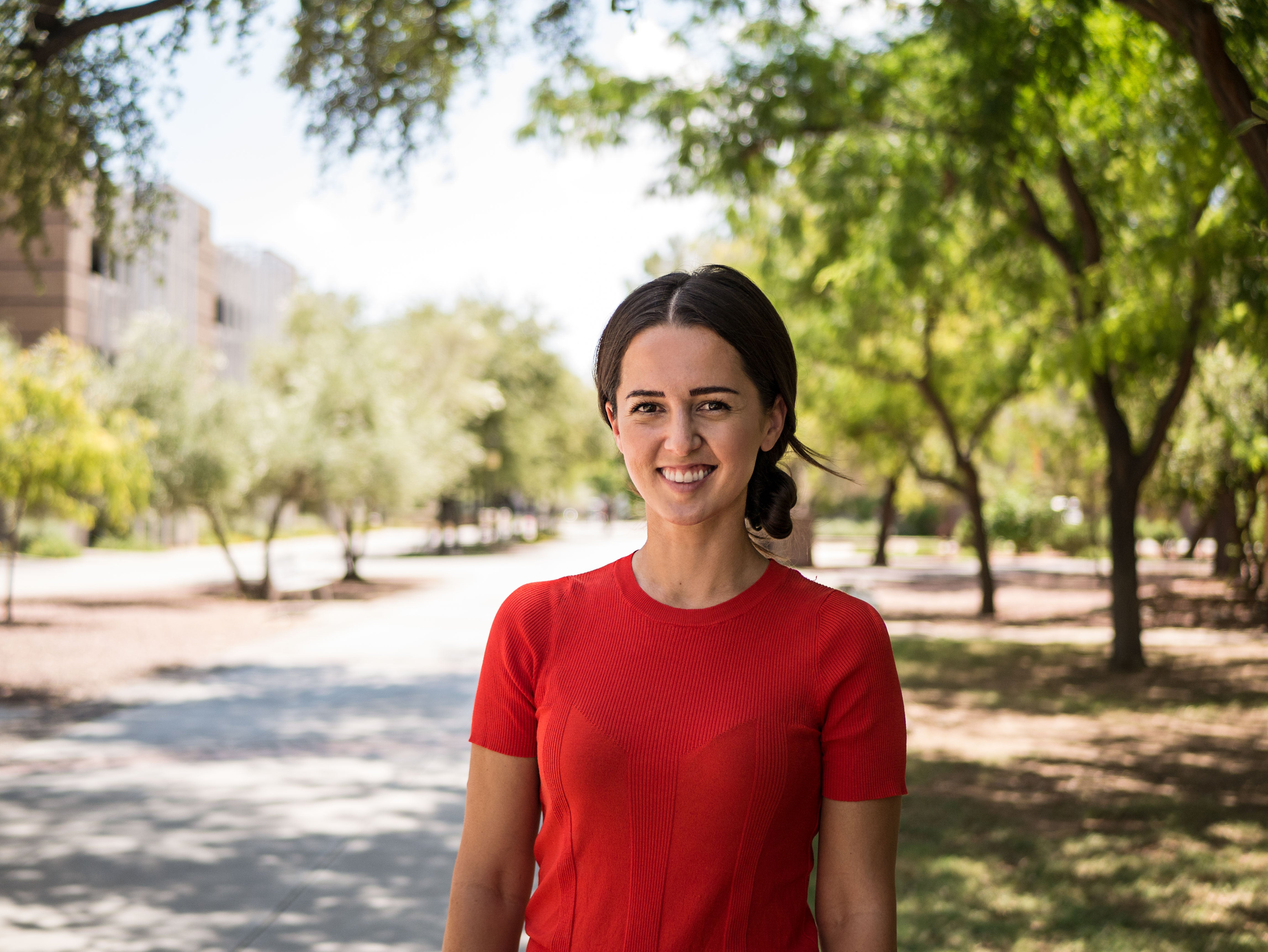Parent-child relationship predicts depression, anxiety in teens attending high-achieving schools

Researchers in the Arizona State University Department of Psychology have found the quality of the parent-child relationship steadily declined starting in sixth grade, and levels of alienation, trust and communication in middle school predicted depressive symptoms and anxiety in 12th grade. Photo by Fancycrave/Unsplash
What causes some adolescents to thrive while other teenagers struggle with substance abuse and mental health? Through years of research, the scientists who study development and the clinicians who treat troubled teenagers have developed a list of risk factors that predict the problems faced by adolescents.
The Robert Wood Johnson Foundation, an influential philanthropic organization that focuses on health, recently published a report on adolescent wellness that prioritized risk factors for adolescents. The top three — poverty, racism and discrimination — have been on the list for many years, but the 2018 report included a new factor: ongoing pressures to excel that occur in high-achieving schools in mostly affluent communities.
Although attending a high-achieving school might not seem as risky as living in poverty or facing racism or discrimination, decades' worth of research has shown that in fact it is.
“Teens in high-achieving schools face different kinds of pressure, but it is substantial pressure nonetheless,” said Ashley Ebbert, Arizona State University psychology graduate student .
Ebbert has worked with Frank Infurna and Suniya Luthar in the ASU Department of Psychology to examine how the quality of the parent-child relationship influenced the mental health of adolescents who attend high-achieving schools. She is first author on a paper in Development and Psychopathology that was published on Oct. 25.
A long-term predictive study of adolescence
The researchers used data from the New England Study of Suburban Youth (NESSY), a long-term study of adolescents led by Luthar, Foundation Professor of Psychology at ASU and co-author on the paper. Participating students came mostly from two-parent families where the parents were white-collar professionals and well-educated. Each school year the NESSY participants completed questionnaires that included measures of their mental health and assessed the quality of their relationships with others. The ASU researchers used assessments of the mental health and quality of parent relationships from 262 children.
“Parent-child relationships continue to serve as instrumental sources of support throughout adolescence,” Ebbert said. “The quality of these connections can have ripple effects on adjustment and mental health outcomes.”
Psychology graduate student Ashley Ebbert.
The researchers used data from seven years — sixth grade through senior year of high school — to look at how the children’s feelings about the parent-child relationship affected their mental health as seniors in high school. The yearly assessments evaluated feelings of alienation from each parent, how much trust the child felt with each parent and how well the child and parents communicated.
“We wanted the child’s perspective on the relationship with their parents because ultimately it doesn’t matter much how parents think they are doing,” Luthar said. “It’s what the children experience that is far more important in terms of effects on their mental health.”
During the senior year of high school, the participants’ mental health was assessed with surveys that measured depressive symptoms and anxiety levels.
The interplay of alienation, trust and communication
Starting in the sixth grade, the children reported growing disconnect with their parents. During the middle school years, the participants indicated increases in feelings of alienation from both parents as the levels of trust and quality of communication decreased.
“Kids pulling away from parents is a well-known phenomenon of adolescence, but we found that it really begins in early middle school,” Luthar said.
The pulling away from parents associated with adolescence happens as the teenagers, or even pre-teenagers, begin to explore self-sufficiency and independence. Ebbert said a natural inclination of parents is to give their child space to navigate independence, but she added that if this response is seen as disengagement by kids, it can lead to problems like the ones the researchers found in the NESSY participants.
“We wanted to understand how the changes in the children’s feelings of alienation, trust and communication with both parents affected their development, so we examined whether the reported changes could predict depressive symptoms or anxiety by the end of high school,” said Infurna, associate professor of psychology and co-author on the paper.
Increases in alienation from both parents and decreasing trust between children and their mothers were related to higher levels of anxiety in 12th grade. Depressive symptoms in 12th grade were also predicted by increasing alienation and decreasing trust with mothers during the high school years.
The researchers found gender differences, in both the student participants and in the effect of parents. Middle-school girls reported experiencing greater increases in alienation from both parents and greater decreases in trust with their mothers. Symptom levels at age 18 also differed, with girls experiencing higher levels of anxiety than boys during the senior year.
There were differences in the average quality of the relationship with mothers and fathers. Overall, the participants reported feeling closer to their mothers, which the researchers suggested might explain why the changes in alienation, trust and communication were greater between children and their mothers.
“Our findings emphasize the importance of parents constantly working on close and supportive relationships with their children, even if the teenager or pre-teen is pulling away,” Ebbert said. “The teen might be pulling away as part of the natural process of developing into an individual separate from their parents, but parents remain a primary influence and the primary source of support for the teen.”
The NESSY study was funded by the National Institute on Drug Abuse (R01DA014385).
More Science and technology

Applying AI to microelectronics manufacturing
Rivers flow across the planet’s surface, carving deep valleys and intricate canyons. Likewise, makers of microelectronics direct…

Applied Materials invests in ASU to advance technology for a brighter future
For nearly 60 years, global giant Applied Materials has been hard at work engineering technology that continues to change how…

Meet ASU engineering students who are improving health care, computing and more
Furthering knowledge of water resource management, increasing the efficiency of manufacturing point-of-care health diagnostic…


